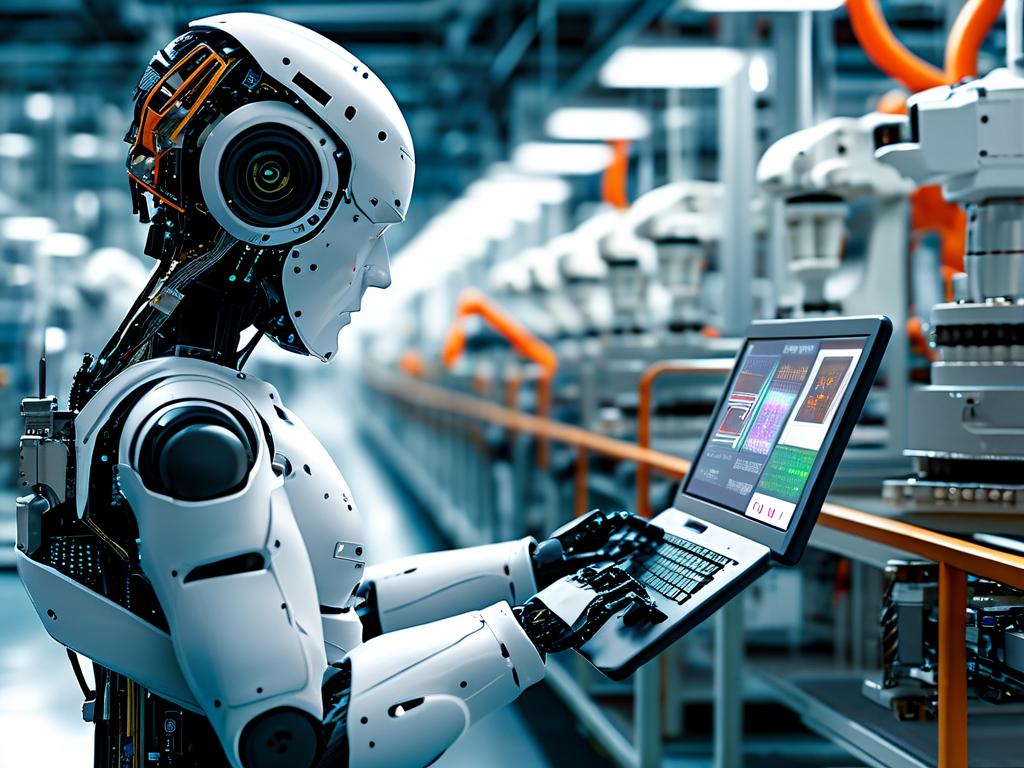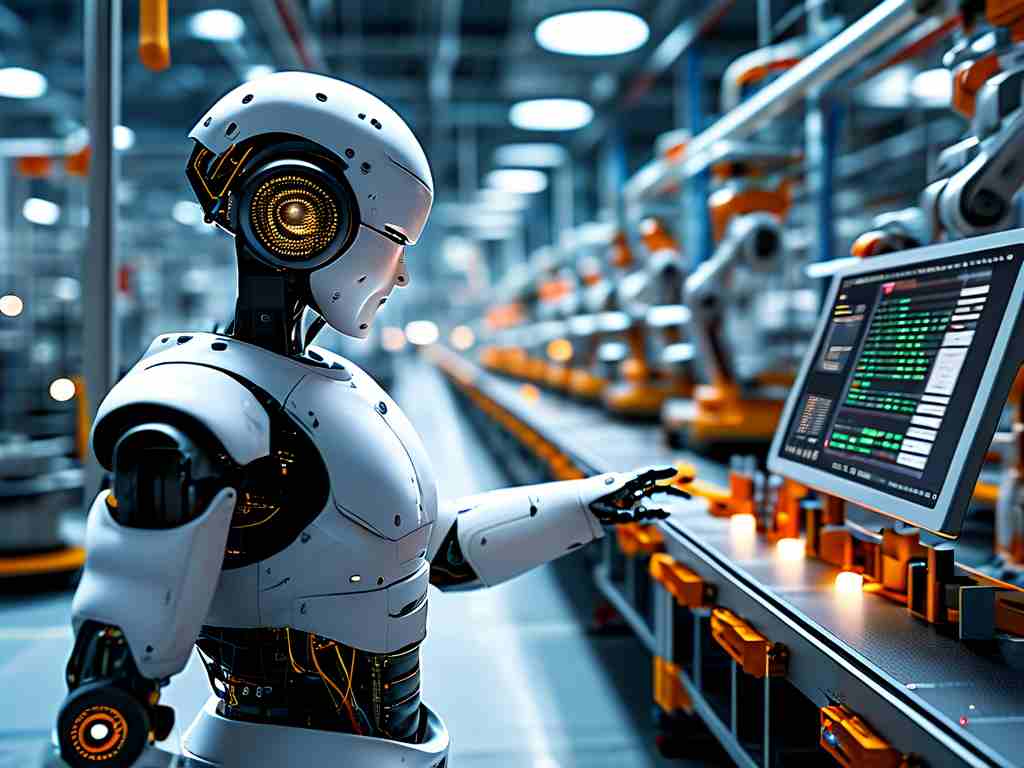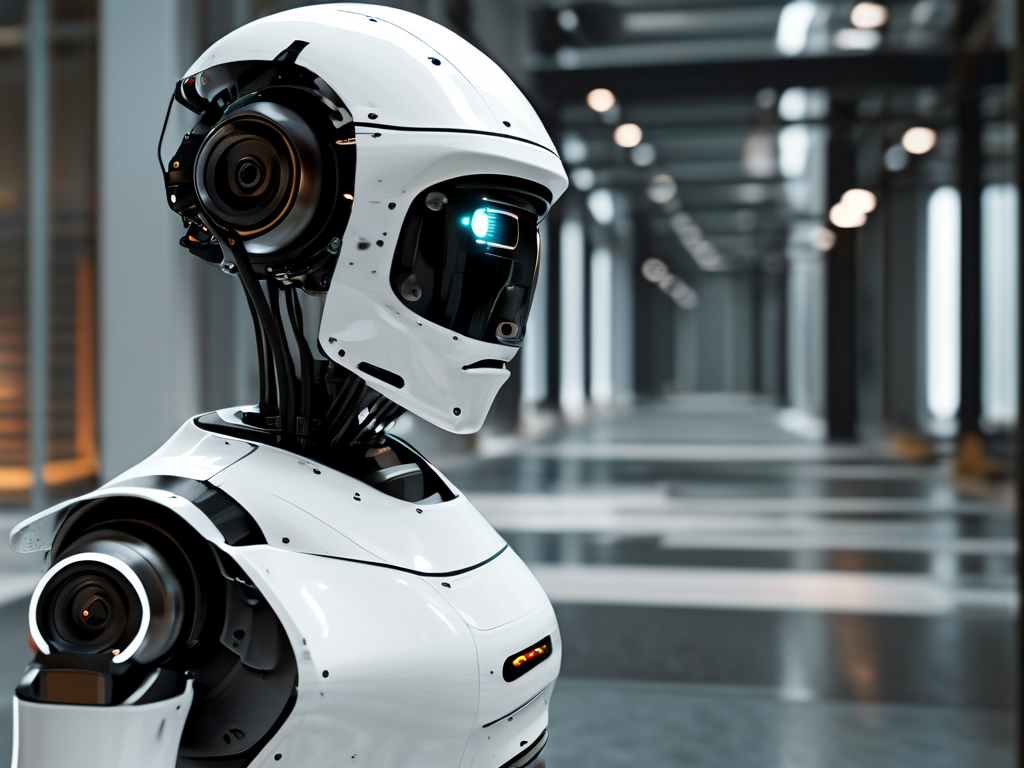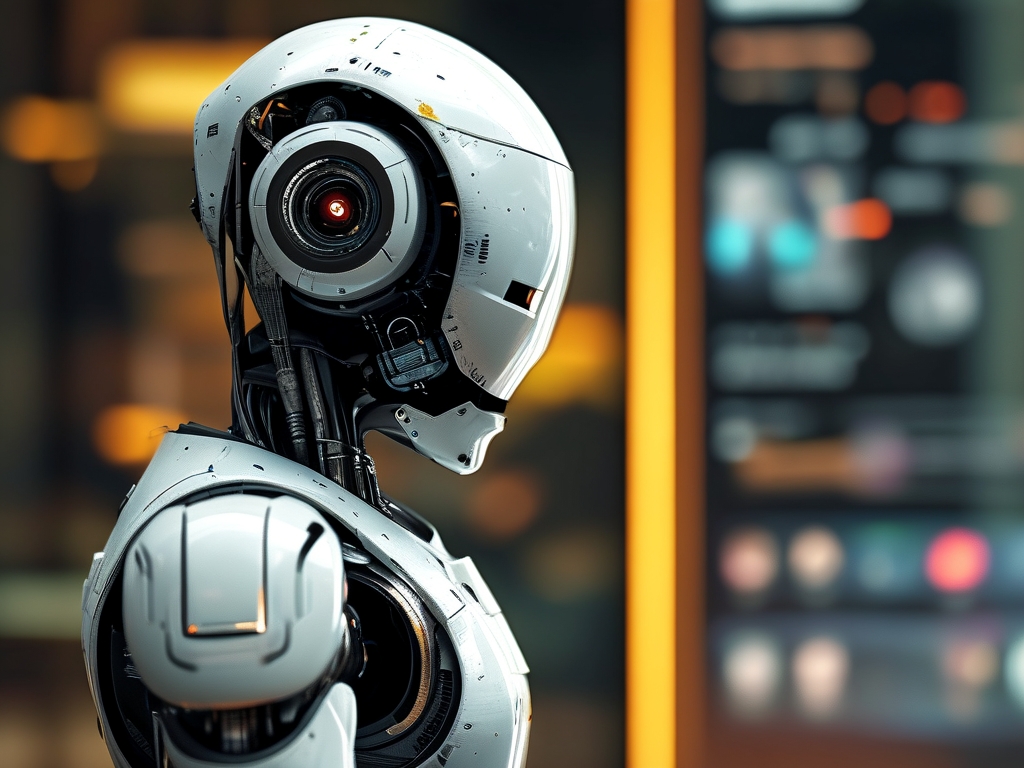Robotic simulation technology has revolutionized industries ranging from manufacturing to healthcare by enabling the creation of highly accurate virtual models of robots and their environments. At its core, this technology relies on advanced algorithms, physics-based modeling, and artificial intelligence (AI) to replicate real-world scenarios. This article explores the foundational principles of robotic simulation, its key components, and its transformative applications.
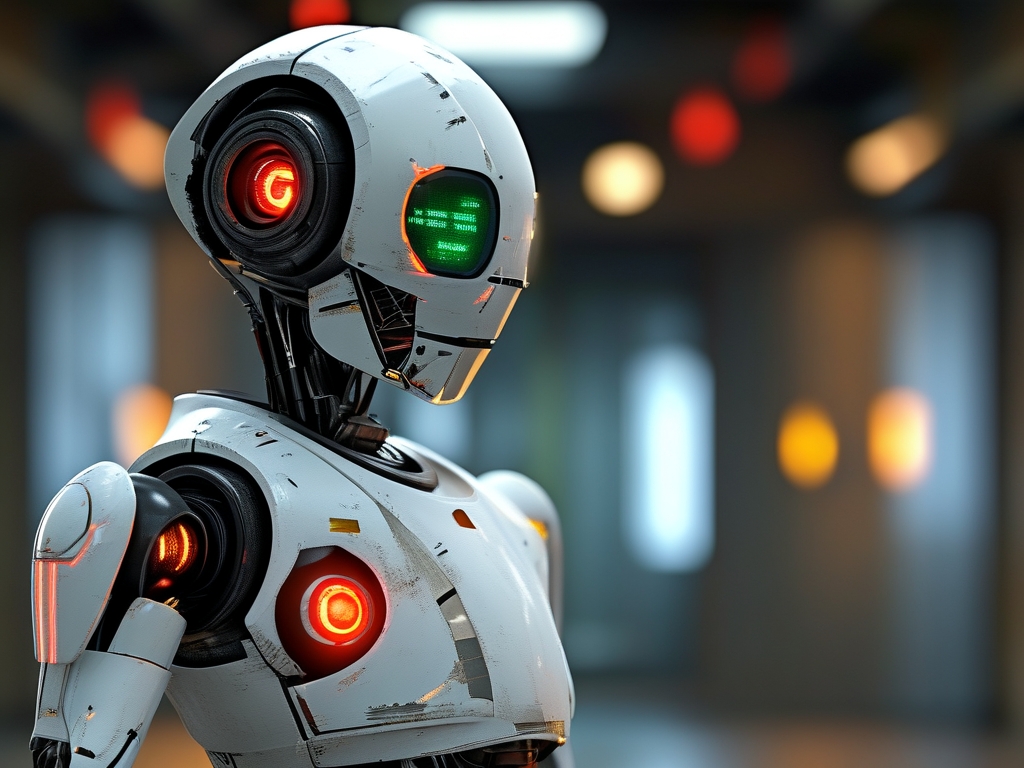
1. Physics-Based Modeling
The backbone of robotic simulation lies in physics-based modeling, which mimics the laws of mechanics, dynamics, and material interactions. Engineers use mathematical equations, such as Newton-Euler formulations or Lagrangian mechanics, to simulate how robots move, collide, or manipulate objects. For example, a robotic arm’s motion in a factory setting is modeled by calculating torque, inertia, and friction. High-fidelity simulations also incorporate environmental factors like gravity, air resistance, and surface textures to ensure realism.
2. Sensor Emulation and Data Integration
Modern robots rely on sensors (e.g., LiDAR, cameras, force-torque sensors) to perceive their surroundings. Simulation platforms emulate these sensors by generating synthetic data streams. For instance, a virtual camera in a simulation renders images with lighting and occlusion effects, while simulated LiDAR produces point clouds resembling real-world scans. This allows developers to train robot perception systems without physical hardware, reducing costs and accelerating prototyping.
3. Control Algorithms and Feedback Loops
Robotic control algorithms, such as PID (Proportional-Integral-Derivative) controllers or model predictive control (MPC), are tested rigorously in simulations. These algorithms process sensor data and adjust actuator outputs to achieve desired behaviors. Simulations validate stability, precision, and responsiveness under varying conditions. For example, a self-driving car’s path-planning algorithm is stress-tested in virtual traffic scenarios to ensure safety before real-world deployment.
4. Human-Robot Interaction (HRI) Simulation
Simulating human-robot collaboration requires modeling both robotic and human behaviors. Techniques like motion capture and biomechanical modeling replicate human movements, while AI-driven avatars simulate unpredictable actions. This is critical for applications like assistive robots in healthcare, where the robot must adapt to a patient’s gestures or speech.
5. AI and Machine Learning Integration
AI plays a pivotal role in enhancing simulation realism. Reinforcement learning (RL) trains robots in simulated environments by rewarding desired actions. For instance, a robot learning to grasp objects iteratively improves its strategy through millions of virtual trials. Generative adversarial networks (GANs) further refine simulations by creating lifelike textures or scenarios that challenge the robot’s adaptability.
Applications of Robotic Simulation
- Industrial Automation: Factories use simulations to optimize assembly lines and prevent collisions between robotic arms.
- Medical Training: Surgical robots are tested in virtual operating rooms to practice complex procedures.
- Service Robotics: Humanoid robots like Pepper or ASIMO are programmed using simulations to navigate crowded spaces.
- Space Exploration: NASA employs simulations to train rovers for Martian terrain challenges.
Challenges and Future Directions
Despite its advancements, robotic simulation faces hurdles such as computational complexity and the "reality gap"—discrepancies between simulated and real-world outcomes. Future innovations may leverage quantum computing for faster simulations or neuromorphic engineering to mimic biological neural networks. Ethical considerations, like ensuring AI transparency in simulated decisions, also demand attention.
Robotic simulation technology bridges the gap between theoretical design and real-world execution. By combining physics, AI, and sensor emulation, it empowers engineers to create safer, smarter, and more adaptable robots. As computational power grows, simulations will become indistinguishable from reality, unlocking unprecedented possibilities across industries.


